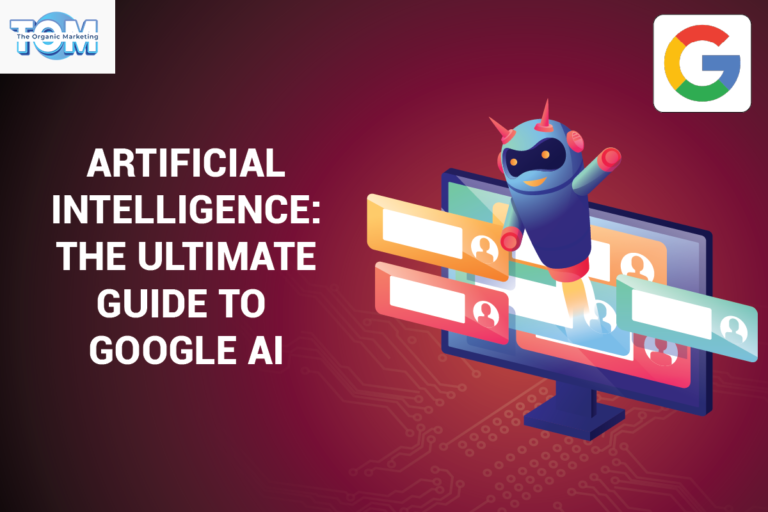API – Everything You Need To Know
In our digitally linked world, where various programs and services communicate with ease, the term “API” has become widespread. But what exactly is an API and why is it significant? In an effort to demystify the world of APIs, this comprehensive tutorial examines the definition, significance, kinds, use cases, protocols, and operation of APIs. You’ll have a solid knowledge of what APIs are by the end and how crucial they are to modern technology.
What is API?
Application Programming Interface is referred to as API. A collection of guidelines and protocols can govern how various software programs interact and communicate with one another. Applications can request and transfer data or services by using APIs as intermediates. They choose the communication’s techniques and data types.
How Do APIs Work?
APIs function by complying to a set of standards and conventions. The API responds to requests made by users or applications by processing them, if necessary interacting with databases or other resources, and returning a response. Data is often transferred in this type of communication using standardized formats like JSON or XML across the internet. Through the use of APIs, data is reliably and securely transferred throughout many apps.
Importance of API
- Interoperability: APIs enable different software systems, often developed by different companies, to work together seamlessly. This interoperability is vital for creating a diverse and interconnected digital ecosystem.
- Efficiency: APIs streamline the development process by providing pre-built, reusable functionalities. This efficiency is a major driver behind the rapid growth of software development.
- Innovation: Developers can leverage APIs to access a wide array of services and data. This promotes innovation, allowing them to build on existing solutions and create new, value-added applications.
- User Experience: APIs contribute to a better user experience by enabling applications to offer more features and services. Users can enjoy enhanced functionality and integration with other tools.
Types of APIs
- Open APIs (Public APIs): These APIs are accessible to external developers and are typically available for free or through a subscription. Examples include social media APIs like the X API (Previously Twitter API), which allows developers to access and integrate X features into their applications.
- Partner APIs: Partner APIs are shared between trusted parties. They are used for specific, often collaborative, purposes. For instance, companies may use partner APIs to integrate their systems and data with trusted business partners.
- Internal APIs (Private APIs): These APIs are for internal use within an organization. They help different departments or systems within the organization communicate and share data.
- RESTful APIs: Representational State Transfer (REST) APIs follow a set of architectural principles. They use HTTP methods like GET, POST, PUT, and DELETE for requests and are commonly used for web services.
Different Cases of APIs
- Social Media Integration: APIs like the Facebook Graph API enable websites and apps to integrate with social media platforms, allowing users to sign in with their social media accounts or share content.
- E-commerce: E-commerce platforms use APIs to connect with payment gateways, shipping carriers, and third-party marketplaces, facilitating online transactions and product listings.
- Mapping and Location Services: APIs like Google Maps allow developers to embed maps and location data into their applications, making it easier for users to find directions, nearby businesses, and more.
- Financial Services: Banks and fintech companies use APIs for services like payment processing, currency conversion, and account balance retrieval.
- IoT (Internet of Things): APIs are crucial for IoT devices to communicate and exchange data, enabling smart homes, connected vehicles, and industrial automation.
- Content Management: Content management systems use APIs for integration with various plugins, allowing users to add new features and functionalities.
- Healthcare: Electronic health records and telemedicine applications use APIs for sharing patient data securely between systems.
3 Main Components of API
- Multiple Formats: JSON is a lightweight, human-readable data interchange format widely used in web APIs. XML is an eXtensible Markup Language used for data structuring. REST is a networked application architecture using standard HTTP methods for data transfer. SOAP, a protocol using XML for message formatting, is known for its strict standards and reliability in enterprise environments.
- Documentation: The documentation should include a list of API endpoints, clear examples of request and response, authentication methods, rate limits, error handling, and real-world use cases. This comprehensive approach helps developers understand the API’s behavior, prevents abuse, and enables effective troubleshooting. It also reduces barriers to entry and promotes a positive developer experience.
- Community: A robust developer community is crucial for APIs, providing support, knowledge sharing, and driving innovation. It reduces the burden on the API provider’s support team, encourages knowledge sharing, fosters innovation through new tools, libraries, and integrations, and provides valuable feedback for improvement.
The Main Protocols of API
- HTTP (Hypertext Transfer Protocol): The World Wide Web’s data transmission is built on HTTP. RESTful APIs often retrieve and deliver data using HTTP methods like GET and POST.
- SOAP (Simple Object Access Protocol): SOAP is a protocol for exchanging structured information using XML. It provides a strict set of rules for data exchange, making it highly reliable.
- GraphQL: GraphQL is a query language for APIs that provides more flexibility and efficiency in data retrieval. Developers can request exactly the data they need, reducing over-fetching or under-fetching.
- WebSockets: WebSockets is a communication protocol that allows real-time, bidirectional data transfer between a client and a server. It’s commonly used in applications that require instant updates, such as chat applications and online gaming.
Difference Between Public API and Private API
- Public APIs: These are open to external developers and can be accessed by a wide range of users, including third-party developers. Public APIs are often used to extend the functionality of a platform or service, promote integration, and drive innovation.
- Private APIs: Internal APIs, or private APIs, are restricted to use within an organization. They are meant for communication and data exchange between different departments or systems within the organization. The data and services exposed via private APIs are typically not accessible to external parties.
In the digital age, APIs serve as the bridges that connect the vast landscape of software applications and services. Understanding the components, types, protocols, and use cases of APIs is crucial for both developers and users, as APIs continue to shape the way we interact with technology and access the digital world. As technology evolves, the role of APIs will only become more central to our digital experiences.
For more information on APIs, contact The Organic Marketing now!






